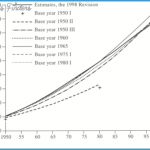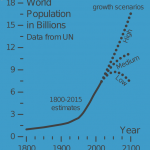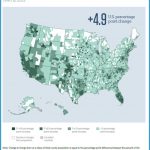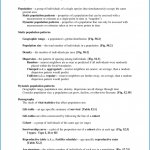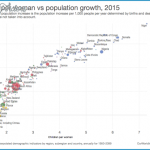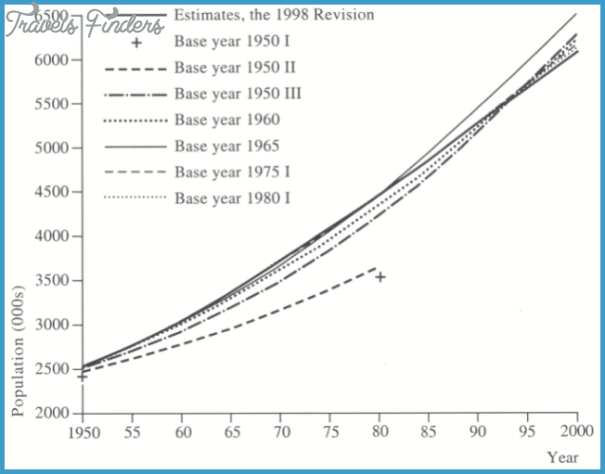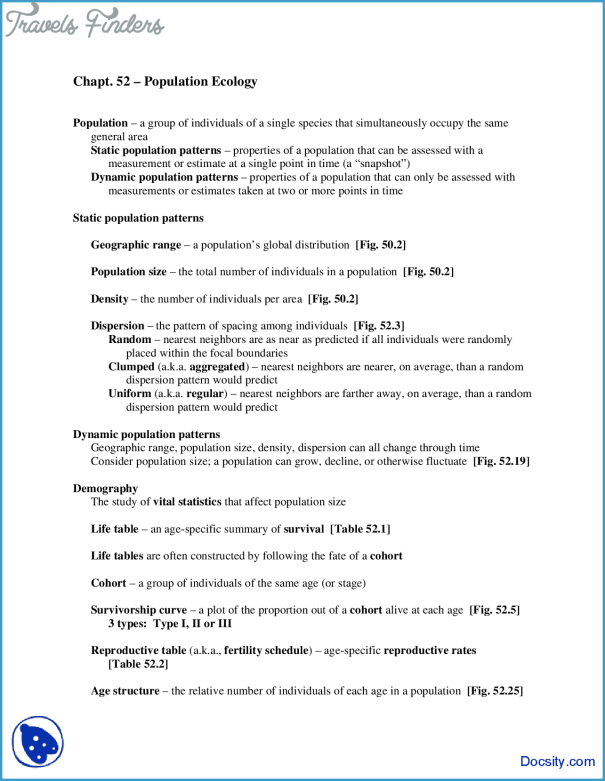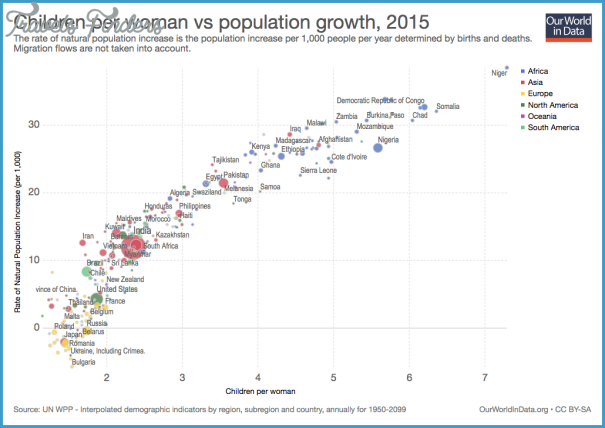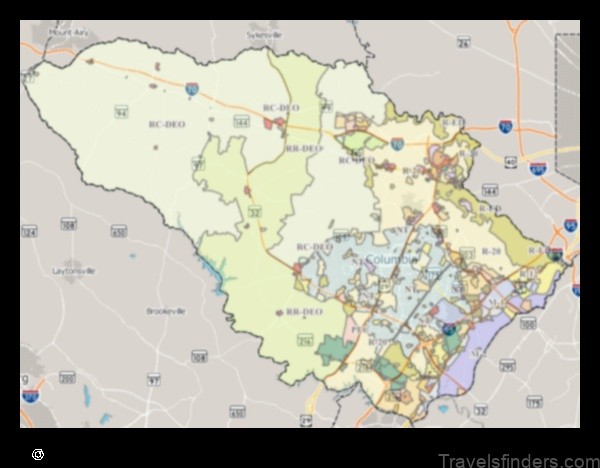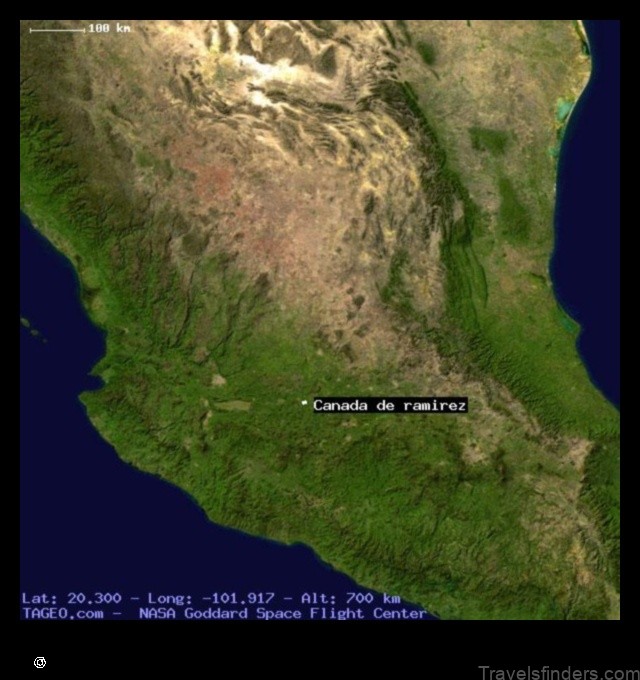An examination of demographic trends clearly demonstrates an increase in life expectancy and a proportional reduction in the young population. According to the United Nations, between 2015 and 2050, the proportion of persons aged 80 years or over is projected to rise from 1.7 percent to 4.5 percent. The percentage aged 60 years or over will increase from 12.3 percent in 2015 to 21.5 percent in 2050. The growth in the aged population presents the vast societal challenge of ensuring that infrastructures can support and enable them to live healthy, independent, and productive lives.
As technology is being used commonly, and is likely to become more important over the next few decades, it becomes critical to determine its potential to cater for the lives of the aging population. Technology has the capacity to improve the quality of life of senior and older adults, but they tend to be reluctant users of technology. Research by the RAND Corporation suggests that pension plans and reforms to social security may allow later retirement for older workers, and they would benefit from the existing growth in alternative work arrangements, like distance working, working from home, and flexible work hours. Safety, security, and technological devices to assist cognition may be able to delay or avoid the relocation of seniors from their homes as they age. Communication technologies can support connection and frequent interaction with their distant relatives and friends.
The challenge will be in adapting to rapid technological changes. These will require education and training. Home retrofitting to accommodate technological improvements will be required for homecare provision, which further raises concerns around affordability, need-responsiveness, suitability, and availability for all.
Automatic driving would provide greater mobility to older people and those with disabilities. These social groups would appreciate automatic driving because of greater comfort and door-to-door service.
Predicted Change in Global Demographic Patterns? Photo Gallery
While the number of aged people is on the rise, there has been another demographic shift of young people moving to city centers to pursue studies, and for jobs and apprenticeships. Markus Moos suggests that our cities are experiencing not only gentrification but ‘youth ificatio n’. Driven towards the city by ambition and curiosity, young people tend towards smaller families and shared households. In fact, there has been a growing demographic shift to solo living in the city over the past few decades. In Australia, one-person households have increased from 8 percent in 1946 to 24 percent in 2011. Renting studio apartments and refurbished lofts in the US is increasingly favored by a younger age group. This trend is most evident in cities and areas with populations with a range and depth of knowledge and well-developed technical economies, such as Boston, Seattle, and Silicon Valley. The surge in the number of residential rents in these cities has been even greater than in superstar cities such as New York and Los Angeles. Florida terms this ‘the Great Reset’ of housing from owning to flexible renting, which is taking place in dense urban areas in sync with the knowledge economy.
The expanding influence of electronic communication and social media and the rise in the number of daily activities occurring in cyberspace-including those related to work, shopping, and leisure- make possible new lifestyles and habits for all, but particularly for the young. A survey of 15 countries found that while many young people were internet users, fewer than average had driving licenses. Another survey highlighted that young interviewees felt that the world accessible to them by car could now be accessed through social media. There was a rise in the share of young households without cars from 20 to 28 percent between 1998 and 2008 in Germany, where cars were increasingly considered as appliances rather than aspirational products.
These transformations rely on sophisticated technology embedded in integrated smartphone-based urban solutions. As a new breed of city dwellers emerges, the dissolution of traditional boundaries will cause a reassessment of daily practices, ranging from the need to travel to the nature of space required at home.

